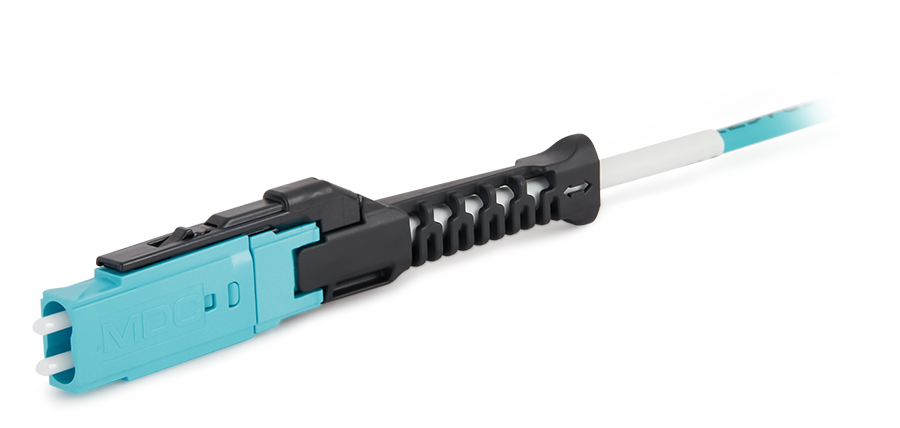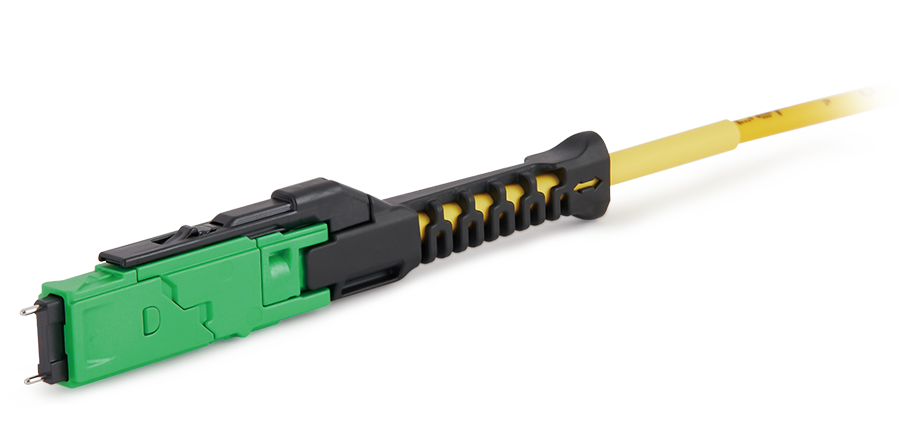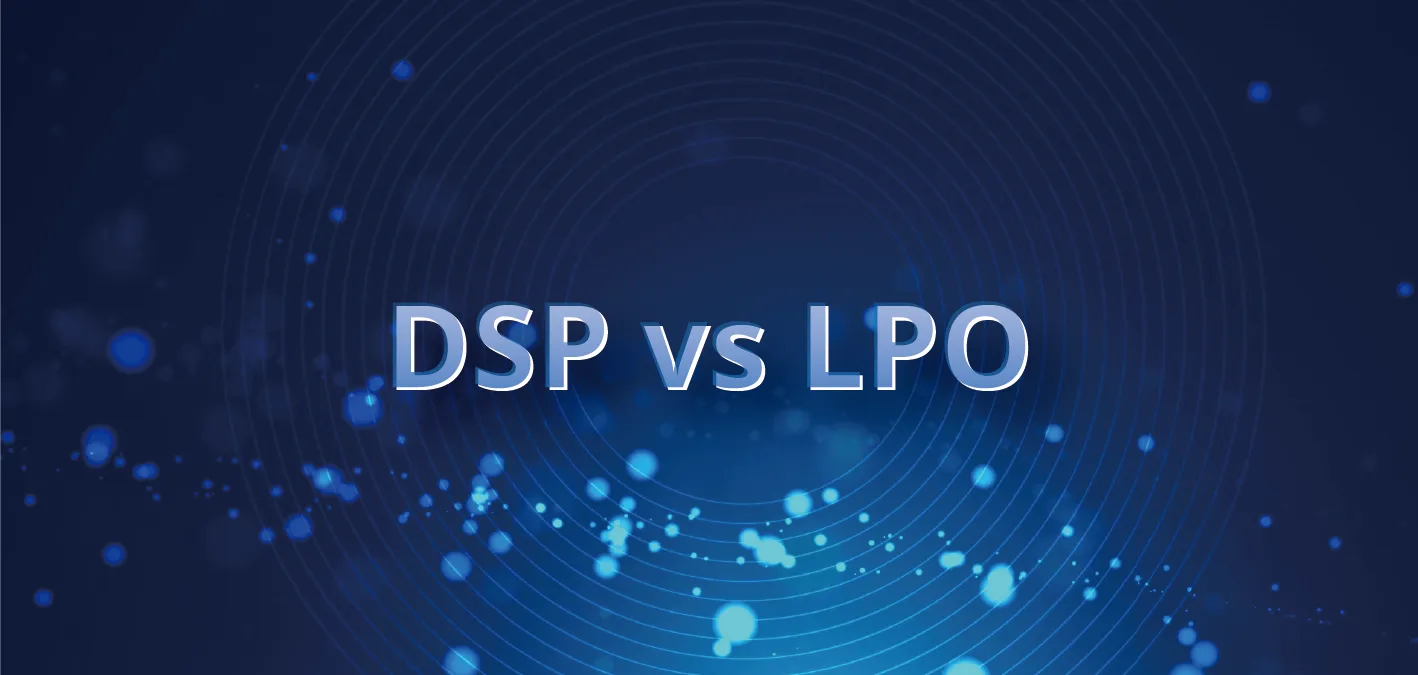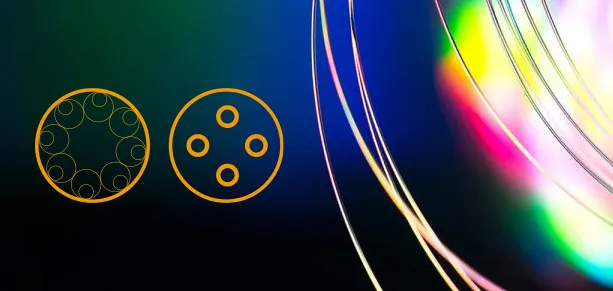Optical splitter is the core of FTTH optical devices and plays an important role in passive optical network (PON). The optical splitter is usually installed between the OLT optical line terminal of the PON and the ONT optical network terminal. Through the optical splitter, multiple users can share a PON interface.
1. The role of PLC splitter
The main function of the optical splitter is to realize the splitting of the optical signal. Optical splitters can be divided into two types: Fused Fiber Splitter and Planar Waveguide (PLC) according to the splitting principle. The two types of optical splitters, fused taper and planar waveguide, are different in production process and parameters. The biggest difference is that the fused taper type optical splitter controls the twisting angle of the fiber and the tension of the fiber. Length, the unequal splitting ratio can be obtained. The PLC splitter distributes the optical signal evenly to the users.
In some applications where volume and optical wavelength are not very sensitive, especially in the case of few branches (such as 1:2, 1:4, etc.), it is more economical to choose a taper optical splitter; in FTTH, etc., multiple wavelengths are required In the case of high optical transmission and many users, when the required split scale is large (such as 1 × 16, 1 × 32, 1 × 64, etc.), an optical waveguide splitter should be selected.
2. Optical splitting construction of PLC splitter
PLC splitter often use M×N to indicate that a splitter has M inputs and N outputs. In the FTTx system, M can be 1 or 2, and N can be 2, 4, 8, 16, 32, 64, 128, etc. There are two types of optical splitting in PON network: first-level splitting and second-level splitting.
The first-level optical splitting mode means that the optical splitters are centrally distributed in the optical fiber distribution box, and are directly connected to the OLT at the central office through a single optical fiber, and the other end is connected to multiple ONTs at the user end through multiple optical fibers.
The first-level light splitting method usually chooses a 1×32 optical splitter or a 1×64 optical splitter. Two-stage optical splitting means that two sets of optical splitters are connected between the OLT and the ONU in a cascaded manner. This beam splitting method has two beam splitting points: a primary beam splitting point and a secondary beam splitting point. The first-level splitting point is usually located near the central office, and a 1×4 optical splitter is generally used; the second-level splitting point is generally installed at the user end (such as in the corridor), and there are multiple optical splitters, generally 1×8 optical splitters are used.
With the large-scale construction of FTTH, the market demand for PLC splitter, which is the core component of FTTH, continues to grow, and will become the focus of PON market demand. It has the advantages of large bandwidth, good stability, good uniformity, and small size.

 Fiber Optic Flex Circuit (FOFC)
Advanced Simulation & Optimization, High Positioning Accuracy, Flexible Customization, Rigorous Reliability Testing
Fiber Optic Flex Circuit (FOFC)
Advanced Simulation & Optimization, High Positioning Accuracy, Flexible Customization, Rigorous Reliability Testing MDC Solution
US Conec's MDC connector is a Very Small Form Factor (VSFF) duplex optical connector, expertly designed for terminating single-mode and multimode fiber cables with diameters up to 2.0mm.
MDC Solution
US Conec's MDC connector is a Very Small Form Factor (VSFF) duplex optical connector, expertly designed for terminating single-mode and multimode fiber cables with diameters up to 2.0mm. MMC Solution
US Conec's Very Small Form Factor (VSFF) multi-fiber optical connector that redefines high-density connectivity with its cutting-edge TMT ferrule technology and intuitive Direct-Conec™ push-pull boot design.
MMC Solution
US Conec's Very Small Form Factor (VSFF) multi-fiber optical connector that redefines high-density connectivity with its cutting-edge TMT ferrule technology and intuitive Direct-Conec™ push-pull boot design. EN
EN
 jp
jp  fr
fr  es
es  it
it  ru
ru  pt
pt  ar
ar  el
el  nl
nl 



_and_High-Reflection_(HR)_Optical_Coatings.webp)
